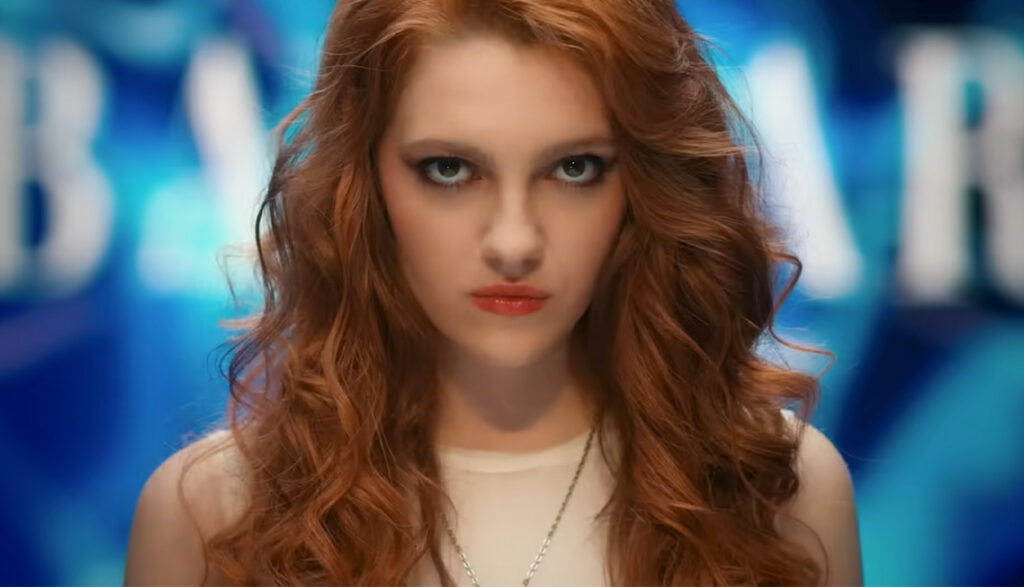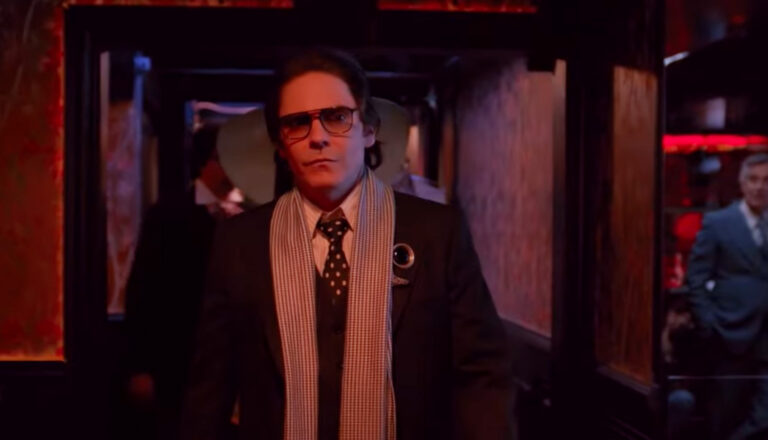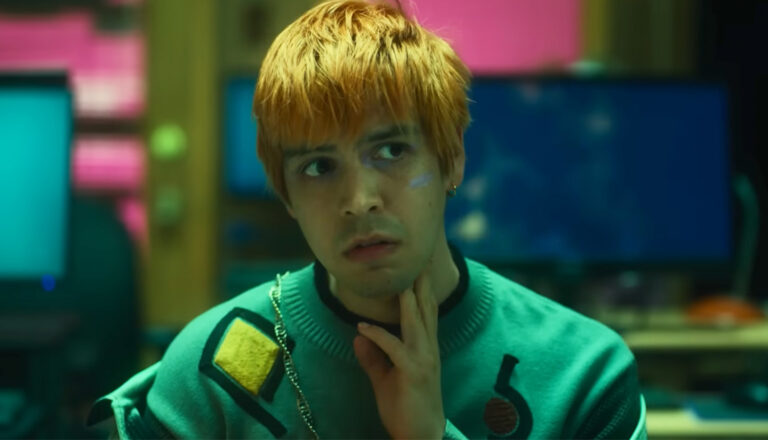
Harriet knows what a geek is. The dictionary tells her it’s someone “who is obsessive about an interest or hobby.” The very fact that she was compelled to look that definition up—and that she also owns a dictionary—qualifies her as one.
But when Harriet’s classmates call her “geek girl,” they don’t just mean that she’s “an obsessive enthusiast.” Rather, they mean that she’s “socially inept” and “unfashionable.”
Harriet doesn’t like being a geek, but she also doesn’t know how not to be one. Her brain is just wired differently. And as much as she’d love to not spout facts every time she gets a bit anxious (which is most of the time), she can’t help herself.
But that all changes when Harriet is given the opportunity to become a supermodel.
On a field trip to London Fashion Week, Harriet is scouted by Wilbur Evans, a famous modeling agent, and offered the chance to change her life forever.
Harriet is aghast. For starters, she doesn’t really have much fashion sense. That’s always been the territory of Nat—her best friend who aspires to be a model and fashion designer. Harriet doesn’t know how to pose or walk in heels or anything else that supermodels are expected to do. And even if she could get past all that, her parents don’t think modeling is an appropriate part-time job.
But Harriet is so tired of being different from everyone else. She just wants to fit in for once in her life. She just wants people to not hate her.
So, Harriet attends the modeling casting call. But as she soon realizes, being a model doesn’t necessarily mean you can’t be a geek, too.
Based on the novel of the same name by Holly Smale, Netflix’s Geek Girl features a couple of nice lessons but several serious concerns, too.
This story is rooted in the world of fashion, and Annabel’s main concern for her daughter is that Harriet will lose herself in the demands of the industry. And Annabel’s concern isn’t unwarranted: We see many characters, including Harriet, conforming to what they believe others want.
It’s common knowledge that many supermodels are pressured to eat and exercise a certain way to maintain their figures. That topic is never strictly broached in Geek Girl, but the models we see here certainly fall into the “tall” and “thin” descriptors associated with the industry.
Besides that, we see how modeling has very little to do with talent. It’s very appearance based. When Harriet gets the gig, her disinterest in clothes is clear. She has no sense of how to pose, and she has to be taught how to walk in high heels. Whereas Nat, who has been practicing to be a model her entire life (and has no trouble with heels), is passed over because she doesn’t have the “it” factor fashion clients want.
Wilbur is gay, and he and other men in the fashion industry act and dress effeminately. One man dresses in drag.
This story also has a lot to say about bullying. Harriet is tormented by three kids at her school—with zero intervention from adult teachers. And when Harriet’s fame surpasses that of a fellow model, that girl targets Harriet, too. Again, no authority figures step in to stop the harassment.
Language in this TV-PG show isn’t too harsh. There are a few misuses of God’s names and lighter profanities (such as “a–” and “h—”). But the s-word and f-word are substituted by the phrases “sugar cookies” and “fudge brownies.”
Finally, we’re repeatedly told that Harriet is “different”—and not just because she’s a bit of a geek. Rather, it seems that Harriet might have some neurological disorders. She experiences several sensory overloads which lead to panic attacks and troubled breathing. In the narration, Harriet repeatedly questions what’s wrong with her and wonders why things are so much harder for her than other people. She’s terrified that people hate her, but she also loathes herself for not being more like them.
When Wilbur addresses these issues with Harriet’s dad, her father says he doesn’t want to put a label on Harriet. He admits he thought her behaviors were coping mechanisms after her mom died, but he realizes now that she fundamentally processes the world differently. Both men (as well as Harriet’s friends) make accommodations to make uncomfortable situations a little easier for Harriet to manage.
But the true hero of the story might be Harriet’s stepmom, Annabel. Annabel goes a long way in helping Harriet realize that being different isn’t a bad thing that she needs to change. Rather, it’s a unique thing that Harriet should learn to love. She stands up for Harriet when others won’t, and she protects her daughter from the cruelty of the fashion industry when it threatens to overwhelm the teenage girl.
So yeah, Geek Girl isn’t necessarily all bad. It has some nice little messages about fitting in and being true to yourself. But it’s certainly not all good either. And parents should consider whether they want their teens influenced by a show so deeply rooted in such an inherently superficial, and often problematic, industry.
(Editor’s Note: Plugged In is rarely able to watch every episode of a given series for review. As such, there’s always a chance that you might see a problem that we didn’t. If you notice content that you feel should be included in our review, send us an email at [email protected], or contact us via Facebook or Instagram, and be sure to let us know the episode number, title and season so that we can check it out.)
Despite having no interest in fashion, Harriet attends London Fashion Week alongside clothes-conscious Nat, with Harriet there for moral support: Nat hopes to catch the eye of a modeling talent scout while there. But much to Harriet’s surprise, the scout is more interested in her than Nat.
A few men act effeminately (and we learn one of these men is gay later on in the series). A man dresses in drag.
Models walking the runway wear sheer gowns that reveal undergarments beneath the fabric. Other dresses show some cleavage. Off the runway, teenage girls wear belly-baring outfits. Harriet sings a song that includes the word “sexy.” Harriet’s parents are affectionate with each other, grossing the teen girl out.
Someone says “heck.” There’s a bit of name-calling.
Harriet is bullied for her clothes and lack of athletic ability. She falls a few times, nearly hurting herself. But instead of helping her stand, her classmates laugh and film her, mockingly calling her a “geek.” There are other instances of bullying. Harriet sometimes experiences panic attacks when she’s overwhelmed, especially when bullies single her out.
A teen model purposely calls a woman by the wrong name. Harriet refers to her stepmom by her first name (and it’s unclear if she does so to be rude or by request). Nat is devastated when a modeling agent says she’s beautiful but not unique enough to be a model.
Harriet watches a science video that says the atoms in human bodies now were once part of dinosaurs. (And later in the series, Harriet takes comfort in that, stating that it’s like having a bit of T-Rex in her.) There’s a reference to several fictional stories that involve magic.
Harriet tries to make the best of a few bad situations. She and Nat are supportive of each other. Harriet’s neighbor, Toby, stops some people from following Harriet when she wants to be alone.


Emily studied film and writing when she was in college. And when she isn’t being way too competitive while playing board games, she enjoys food, sleep, and geeking out with her husband indulging in their “nerdoms,” which is the collective fan cultures of everything they love, such as Star Wars, Star Trek, Stargate and Lord of the Rings.

Violence, profanity and explicit content reign king in this mob-like series that’s crafted to show the worst of society.

Petty rivalries and sexual dalliances might make for good drama, but they don’t make much for wholesome viewing.

Fantasmas, like the crayon Julio hopes to make, has no clear message—but plenty of clear issues.